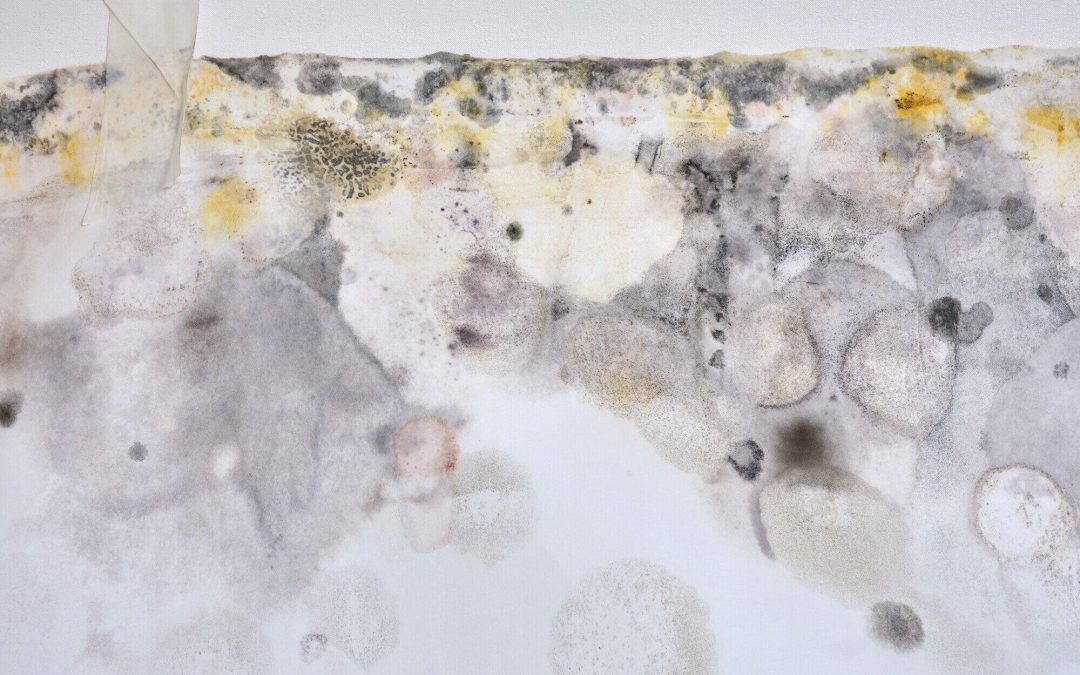Molds are microbes formed by certain types of fungi. There are at least 100,000 different types in the world, but some scientists estimate that there may be three times that many.
Molds reproduce in large numbers through spores. They can trigger or exacerbate respiratory conditions and cause structural damage to buildings.
With so many different types, it can be difficult to know how to treat them. The good news is that there are only about a dozen types of mold in homes in Florida.
Below is a list of the top 14. Keep reading to find out how to identify distinct types of mold, so that you can formulate an effective response.
1. Aspergillus
Aspergillus is one of the most common types of mold in homes in Florida. It thrives in warm, humid climates. It is usually black on the surface, and either white or yellow underneath.
Most strains of this mold are harmless. However, some can cause serious illnesses, especially in people with weakened immune systems or underlying respiratory diseases.
2. Cladosporium
Cladosporium is a very prevalent mold in Florida. While all molds need air and water to survive, this one thrives in especially humid or damp areas with limited sunlight or ventilation.
Cladosporium usually appears as green, brown, gray, or black spots. It often grows in clusters and has a velvety or powdery appearance. Most species are not dangerous to humans, but it can trigger allergies.
3. Penicillium
Penicillium molds thrive in particularly moist environments. It can appear in many colors, including white, yellow, olive-gray, or pink. Some of the most common ones are blue-green or gray-green though.
Penicillium is perhaps the most recognizable name on this list, as it is the source of the anti-bacterial medication (penicillin), discovered in 1928. However, there are more than 300 species of Penicillium, many of which can be harmful to humans.
4. Alternaria
Alternaria are some of the most common household molds in Florida. They target damp surfaces, making them prevalent in showers and sinks. They are often molds you find on air conditioning units.
Alternaria mold is usually black, gray, or olive. It often has a suede-like or wooly texture.
Alternaria cannot cause serious illness in humans. However, it is one of the most common culprits of inflammation in the respiratory tract or other allergic reactions.
4. Stachybotrys Chartarum
Stachybotrys chartarum is perhaps the most common type of “black mold.” It does have a dark appearance, but usually with a greenish tint.
Stachybotrys often have a slimy or shiny appearance. They can also smell like wet soil or decaying wood.
You can find Stachybotrys in humid environments. It is a slow-growing mold that thrives on materials with high cellulose content, such as paper and fiberboard.
While it is rare, Stachybotrys can produce toxic chemicals, called mycotoxins, that can be dangerous to inhale. They often result in coughing, sneezing, eye irritation, or itching.
5. Chaetomium
Chaetomium molds often grow in buildings with water damage. You can often spot it in drywall and wood.
Chaetomium often appears in white colonies when it first starts growing. As it matures, it can change into a gray or olive color. The reverse side can be tan, brown, red, or black.
6. Fusarium
Fusarium molds can grow on almost any surface. They can be either pale or brightly colored, depending on the species. Common colors include yellow, brown, red, or pink.
The ingestion of small amounts of fusarium can cause a broad spectrum of infections in humans. Many are difficult to treat.
7. Trichoderma
Trichoderma molds require very humid conditions. They are often found on damp surfaces, including wallpaper, carpet, or wooden structures.
As they start growing, trichoderma molds have a gray color. This eventually changes to white and becomes very dense as it matures.
8. Aureobasidium Pullulans
Aureobasidium molds most often grow on painted surfaces, as well as on caulking and wood. It is usually black or pink, though it can become dark brown as it ages. High concentrations of Aureobasidium spores can cause respiratory problems in humans.
9. Ulocladium
Ulocladium molds form extremely fast-growing colonies, which makes them hard to prevent. They are usually brown, gray, or olive-black and have a wooly texture. Ulocladium molds can cause different infections in humans.
10. Rhizopus
Rhizopus molds can grow on various surfaces and develop on food items. They are some of the most identifiable molds on this list, due to their unique appearance. They are composed of unbranching hyphae with black sporangia at the tips.
Rhizopus molds are usually not a threat to healthy humans. However, inhaling spores can cause a rare but serious condition that can be fatal.
11. Mucor
Mucor molds need warm climates to thrive. They are found in soil, on plant surfaces, and in animal digestive systems.
Mucor colonies are usually pale gray-brown, with a wooly texture. Though they are cultivated to make certain cheeses, the spores of some species can cause health problems for humans.
12. Scopulariopsis
Scopulariopsis molds are common on wallpaper, carpet, and decaying wood. They also can be found in meat products.
Scopulariopsis usually has a tan or beige color but can be white or cream-colored as well. They often have a powdery appearance.
13. Trichophyton
Trichophyton molds are usually white- or cream-colored and often exhibit yellow pigments. The underside is typically orange or yellow.
The surface of Trichophyton has a powdery appearance. Though rare, trichophyton has been known to cause skin irritation.
14. Acremonium
Acremonium molds are the most common type you will find on humidifiers, cooling coils, and AC drain pans. They start as small colonies but can grow quickly. They are white, orange, pink, or gray, with a powdery surface.
Acremonium can cause infections in the eyes, lungs, and sinuses. Inhaling spores can cause pneumonia or meningitis in humans.
Learn More About Common Types of Mold in Homes
Now that you have an idea of the types of mold in homes in Florida, you can take the steps to address the problem. A qualified mold specialist can ensure that you are taking the appropriate house mold remediation steps.
Elite Mold Services provides Orlando and the surrounding areas with the highest-quality mold testing, inspections, and indoor air quality evaluations in the region. All of our mold inspectors are state-licensed and certified. Reach out to us today to schedule a home mold inspection or for additional mold prevention tips.

